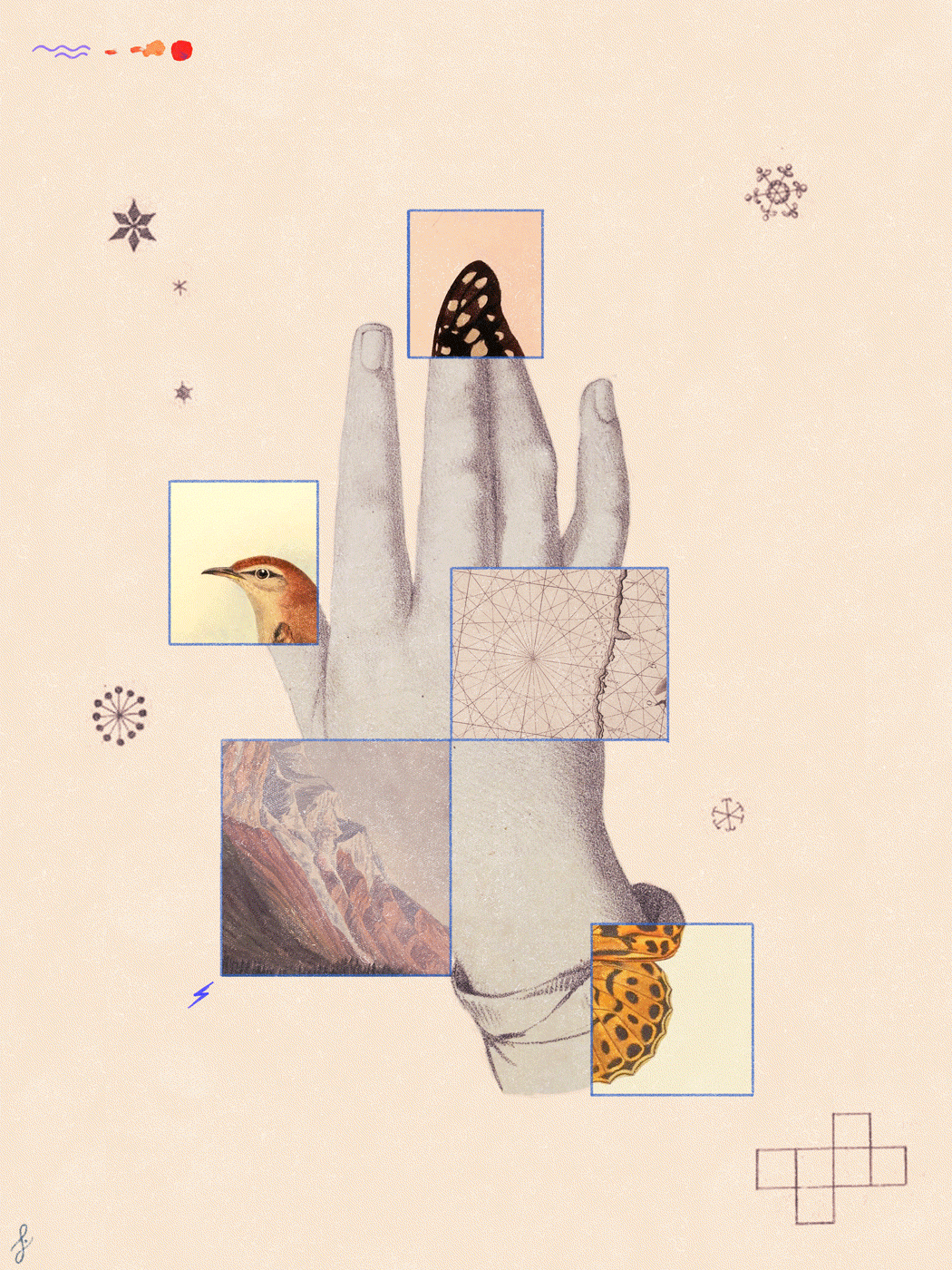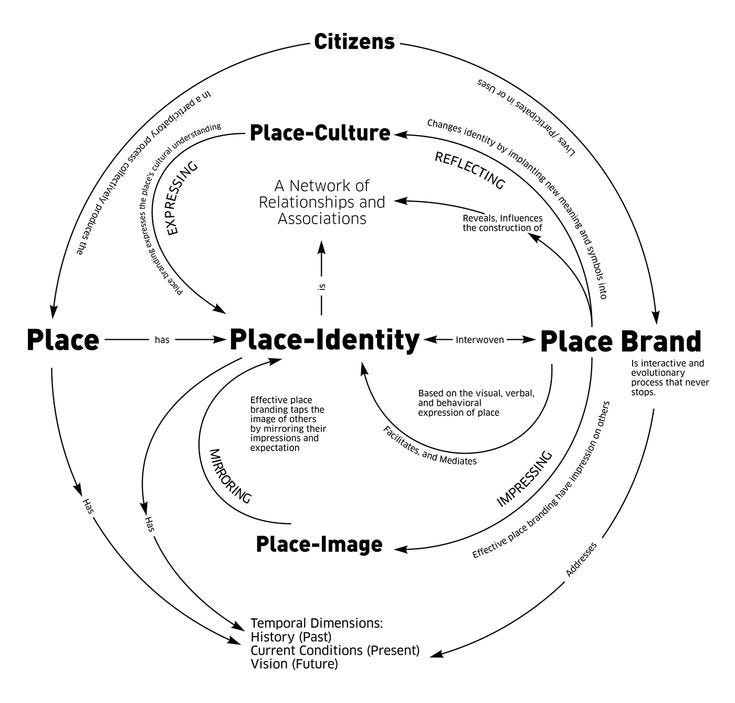Imagine walking into a space that just clicks—where the atmosphere feels natural, the flow is effortless, and every element seems purposeful. You might think, “This just feels right.” But here’s the secret: spaces like that don’t just happen.
For over 25 years, design thinking has shaped how companies approach the process and value of design. And while it’s brought some amazing tools to the table, we think it’s time for an upgrade.
At INT.D, we’re making a case for something new: Integrated Design Thinking. Think of it as the perfect mix of science and art—connecting creativity with strategy to solve real-world problems. It’s the “aha” behind spaces that grab attention, inspire loyalty, and adapt to the future.
Let’s break it down, together.
👇The Agenda:
Breaking It Down
The Stakes
Transformations & Impacts
How Do You Know When You’ve Got It?
Science Art is a newsletter dedicated to uncovering the magic of interiors and the people who bring them to life. We demystify the complex methodology behind the image, craft thoughtful frameworks, and explore the intersection of brand, business, and taste.
Subscribe now to receive fresh insights delivered straight to your inbox—keeping you inspired and in the know.
☝️ Oh, and before we dive in, here’s the deal: if we can’t agree on the basics of what makes a business tick we’ve got other things we need to discuss. A successful brick-and-mortar business is a repeatable process that:
Creates and delivers value people actually need or want.
Does it at a price they’re willing to pay.
Satisfies customer expectations.
Brings in enough profit to keep it all going.
Miss any of these? Well, let’s just say you’re setting yourself up for some trouble.
1. Breaking It Down
So, what exactly is Integrated Design Thinking? At its core, it’s about blending human-centered insights, systems thinking, strategic alignment, and equity-driven approaches to create spaces that make a real impact. It’s where intuition meets intelligence, and the results speak for themselves.
Here’s how it all comes together:
Human-Centered Design: It’s about empathy and collaboration. We ask, “How do people feel in this space?”
Systems Thinking: Every part connects—stakeholders, industries, cultures. We make sure decisions fit the bigger picture.
Strategic Alignment: Creativity is great, but it needs to deliver on business goals.
Equity-Driven Approaches: Spaces should be inclusive, accessible, and meaningful for diverse communities.
These elements are powerful on their own, but the magic happens when they work together.
2. The Stakes
Everything has implications.
Everything has consequences.
For our clients, stakes are always tied to the bottom line. Whether you’re creating a brand-new place or trying to improve on a 120+ year legacy, businesses that don’t turn a profit, don’t survive.
Most Businesses come to us when they’re at a crossroads, which means they are primed for change, with the C-suite fully engaged.
For startups, it’s mostly about good trouble. They are seeking the right product/market fit to position themselves for funding rounds or to get them built and capturing consumer attention and buy-in. For legacy companies, however, the stakes can be existential. Sales have slowed. A new technology threatens to put them out of business. A customer base has shifted. There is an urgency to articulate a vision with a physical experience that resonates not only with their customers, but emphasizes a renewed clarity of purpose for the company.
In both cases, spaces must not only serve their immediate purpose but also evolve with the business and its community. It means making it look good isn’t good enough, and there are principles we need to understand:
How business works. As described above.
How humans work. Every business is created by people and survives by benefiting other people. To understand how businesses work, you need to have a firm understanding of how people make decisions, act on those decisions, and communicate with others.
How systems work. Businesses are complex systems with many moving parts that exist within even more complex systems like industries, societies, culture, and governments - it helps to have an understanding of the ecosystem your business works in, how to analyze existing systems and find ways to improve them without provoking unanticipated consequences.
The stakes couldn’t be higher.
And the opportunities couldn’t be greater.
3. Transformations and Impacts
The companies we admire.
The companies that have gone the distance.
The companies with a future.
Transform.
Constantly.
Transformation isn’t an endpoint, but a process. It isn’t an add-on, but a built-in and it exists inside a framework of context, grounded in real world problems and people.
Companies that have embraced a transformational mindset are able to evolve in ways that seem almost effortless to the outside world.
Where design thinking is a methodology for organizing priorities, integrative design is a methodology for finding better answers.
The three principles are:
Start with outcomes: What are the desired results?
Find inspiration: Draw from an expanding, cross-pollinating assemblage of ideas, technologies and business models. Integrative design is dynamic and intrinsically transformative, offering a path for continued improvement.
Align values: Make sure that every part of a system performs at least two different, meaningful functions.
This is the “think different” of Steve Jobs. His genius was in understanding the exponential power of combinations: a smart phone coupled with an app store, or a team of customer care geniuses doubling as brand evangelists. Jobs is celebrated as a natural marketer. But he was also a natural systems thinker, applying the three core principles of integrative design to everything from products to sales channels to his own company.
4. How Do You Know When You’ve Got It?
Great design doesn’t need a flashing sign to tell you it’s working—you’ll feel it, and so will everyone else. But how do you ensure you’re on the right track before you even break ground? It starts with evaluating the process and asking the right questions.
Look for a collaborative process. The best teams don’t just show up with a finished concept—they invite you into the process. Ask how they plan to integrate your business goals, community insights, and operational needs. A team that prioritizes research, workshops, and iterative design phases is likely to create something both intentional and impactful.
Ask about the ‘why.’ A strong design team will be able to explain the reasoning behind every choice. Before committing, ask questions like: Why this layout? Why these materials? Why this aesthetic? If the answers connect back to your objectives and the needs of the end users, you’re in good hands - if they’re talking about the mood board, you’re in trouble.
Check for alignment with strategy. Ask your team how their design process ties back to your business goals. Can they articulate how the design will drive foot traffic, improve brand perception, or create a seamless customer journey? If they can’t map their decisions to your goals, it might be time to rethink the approach.
Review their toolkit. Design is more than an art—it’s a science. Look for teams that use both qualitative and quantitative tools to inform their process. Do they conduct user research? Competitive analysis? Mockup testing? A thorough toolkit ensures they’re making informed decisions, not just aesthetic ones. If they start with an image, that’s all you’re ever going to get. If they don’t have a service that integrates other teams research, then don’t expect informed decisions.
Anticipate flexibility. Great design anticipates the future. Ask your team how the space is designed to evolve with changing market dynamics or user needs. Whether it’s quality materials, adaptable layouts, or scalable branding elements, flexibility is key to long-term success. Operations, program, and amenity strategies is the name of the game here.
Signs You’ve Nailed It
Once your space is built, the proof will be in the experience:
People engage effortlessly. Users interact with the space as if it was made just for them—because it was.
The space builds connections. Regulars emerge, word-of-mouth spreads, and the space becomes a part of the community’s fabric.
It drives business goals. Foot traffic increases, revenue grows, and your brand resonates stronger than ever.
It evolves seamlessly. The design feels as relevant a year from now as it does today, adapting to changing needs with ease.
By evaluating the process and aligning with a team that prioritizes strategy, you’re setting the stage for a space that doesn’t just meet expectations—it exceeds them, before and after the doors open.
🔮What’s Up Next
Inspiration, experience, and ideology from Washington D.C. — Stay tuned!






